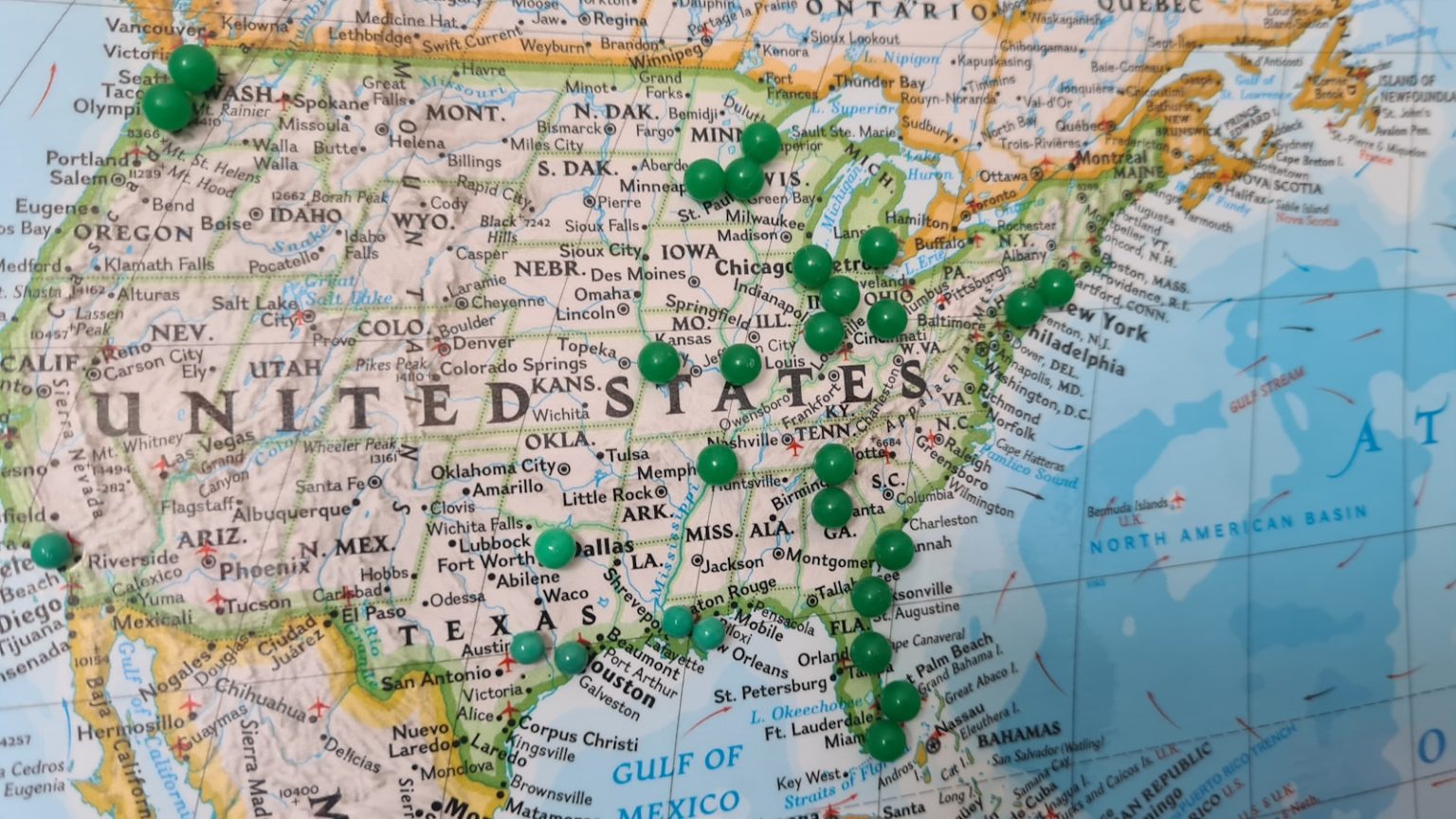North America has seen a significant increase in its high-net-worth individual (HNWI) population, while Europe and the Middle East have experienced declines, according to the World Wealth Report 2025. The report highlights that the global HNWI population grew by 2.6% in 2024, driven by a rise in ultra-high-net-worth individuals (UHNWIs), which increased by 6.2%. The U.S. led the world in the growth of its millionaire population, adding 562,000 individuals to reach a total of 7.9 million.
A favorable interest rate environment and strong U.S. equity market returns fueled this wealth creation. However, the picture was starkly different in other regions. Europe’s HNWI population declined by 2.1%, primarily due to economic stagnation in significant countries.
The United Kingdom, France, and Germany experienced significant losses in millionaire numbers, with 14,000, 21,000, and 41,000, respectively. Interestingly, Europe’s UHNWI population increased by 3.5%, indicating a rise in wealth concentration among the extremely wealthy. Asia-Pacific saw a 2.7% rise in its HNWI population, although growth varied across different countries.
India and Japan were notable standouts, registering 5.6% growth each. In contrast, China’s HNWI population declined by 1.0%.
North America’s wealth rise disparities
Latin America experienced an 8.5% drop in its HNWI population, primarily due to currency depreciation and fiscal instability. Brazil and Mexico recorded the most significant declines at -13.3% and -13.5%, respectively. The Middle East’s high-net-worth individual (HNWI) population declined by 2.1%, driven by lower oil prices.
The report indicates that HNWIs are increasingly allocating their portfolios to alternative investments, such as private equity and cryptocurrencies, which now represent 15% of their holdings. A significant wealth transfer is expected over the next two decades, with 83.5 trillion USD expected to change hands. This handover will unfold in three phases: by 2030, 30% of HNWIs will receive an inheritance; by 2035, this figure will rise to 63%; and by 2040, 84% of HNWIs will have inherited wealth.
However, wealth management firms face a risk of losing clients during this transition. Despite global wealth on the rise, 81% of inheritors plan to switch firms within one to two years of inheritance,” said Kartik Ramakrishnan, CEO of the Financial Services Strategic Business Unit. He emphasizes that the next generation of HNWIs has different expectations from their predecessors, urging wealth management firms to shift away from traditional strategies and prepare advisors with digital capabilities, potentially augmented with AI.
While North America leads in wealth creation, other regions face challenges related to economic, political, and environmental factors. Wealth management firms must adapt to cater to the evolving needs of the next generation of high-net-worth individuals (HNWIs) to stay relevant and retain their clientele.







